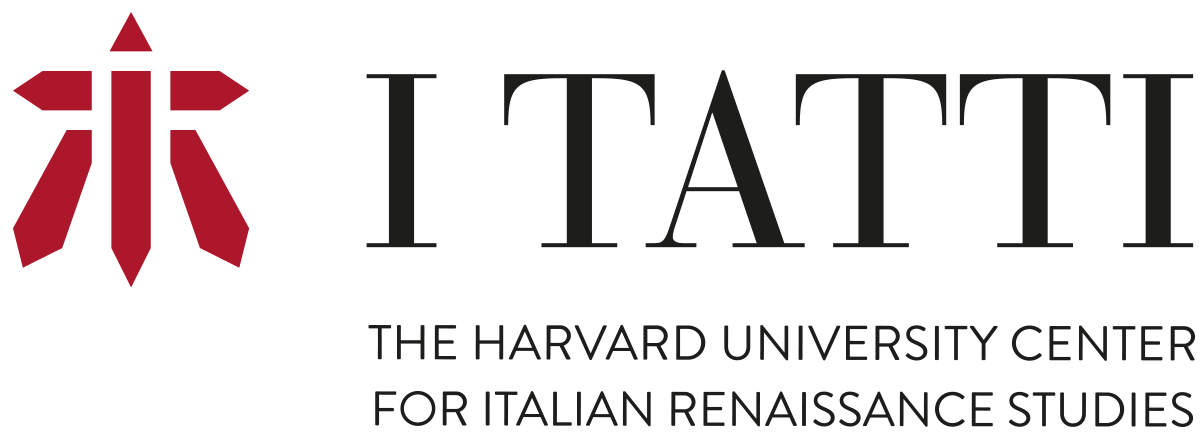Leonetto Tintori was born on November 8, 1908. An orphan, he was adopted by a family in Monsummano (Pistoia). Trained in Prato at the “Scuola d’Arte e Mestieri Leonardo,” he became a painter and ceramicist associated with a group known as the “Scuola di Prato.” During the 1930s he started studying medieval and Renaissance wall paintings and subsequently expanded the knowledge of painting techniques through his experience as a restorer of murals. Although he never became a state employee, he worked under the auspices of the Florentine Superintendence of Fine Arts then directed by Filippo Rossi and Ugo Procacci, who provided a laboratory for him at Palazzo Pitti. Tintori organized conservation campaigns not only in Florence but also throughout Italy. Among the many mural paintings he restored are the ones at the Cathedral of Prato, the Giotto cycles in the Bardi and Peruzzi chapels in the Basilica of Santa Croce in Florence, the Camposanto in Pisa, Giotto's frescoes at the Cappella degli Scrovegni in Padua, and Piero della Francesca's "Legend of the True Cross" in Arezzo.
He also undertook the repair of murals by Ben Shahn in New York, and by José Clemente Orozco and Diego Rivera in Mexico City. With Paul Coremans from Belgium he advised on the repairs of the Mayan murals at Bonampak. In 1956, thanks to a Rockefeller grant, he went to Asia to study murals in India, Japan, Thailand and Korea. Tintori led an international team of distinguished restorers, including Alfio Del Serra, Giuseppe Rosi, Andrea Rothe, and Barbara Schleicher. Before, during and after the Florentine flood of 1966, Tintori and his colleagues availed themselves of scientific collaborators from the United States, including Edward Sayre of the Atomic Energy commission, and Robert Feller, of the Carnegie Institute in Pittsburgh. It was this group that introduced chemistry and scientific analysis to Florentine conservation, which eventually was incorporated into Florence’s own laboratory, the Opificio delle Pietre Dure. Tintori was an official consultant of New York University’s Conservation Center at the Institute of Fine Arts and, between 1975 and 1984, became a Research Associate of I Tatti, Harvard’s center in Florence, under the directorship of Craig Hugh Smyth. He co-authored many books and articles with Millard Meiss, Eve Borsook, Giuseppe Marchini, and Enzo Carli. After his retirement in 1989, he founded the Laboratory and School for mural conservation at his home near Prato, which is still active and attended by students from throughout the world. He died on July 2, 2000.
The two boxes of the collection include photographs, drawings on tracing papers, and conservation reports written by Leonetto Tintori. They document the restoration work undertaken on some of the most important mural paintings of the Renaissance such as Piero della Francesca’s Legend of the True Cross in Arezzo, Masolino’s and Masaccio’s frescoes in the Brancacci chapel in Florence, Giotto’s work in the Scrovegni chapel, and Simone Martini’s Maestà in Siena. The collection also includes 24 glass plate negatives depicting the Cappella dei Nove in the Palazzo Pubblico of Siena. The photographer of most of the visual documentation is Nadir Tronci.
